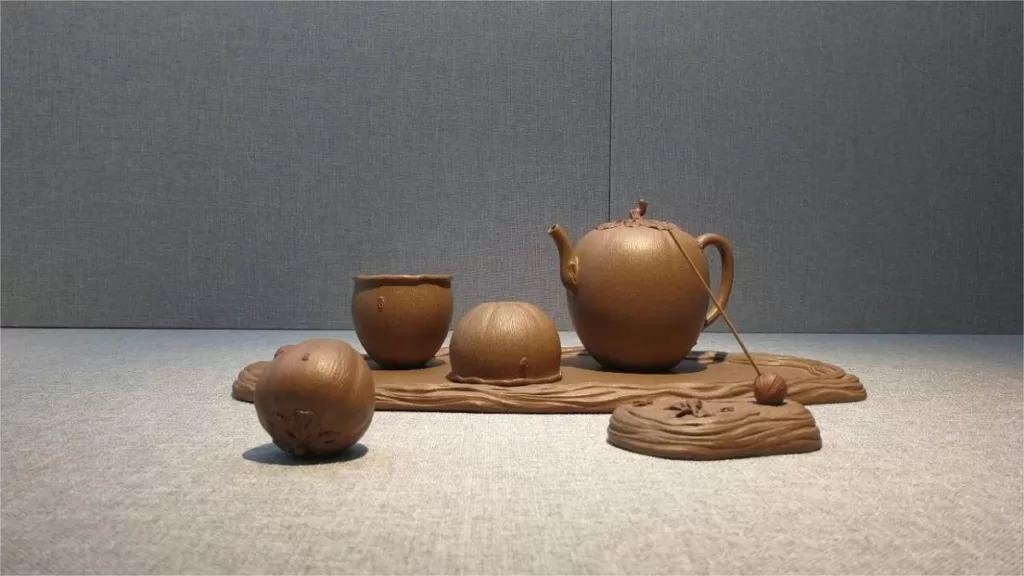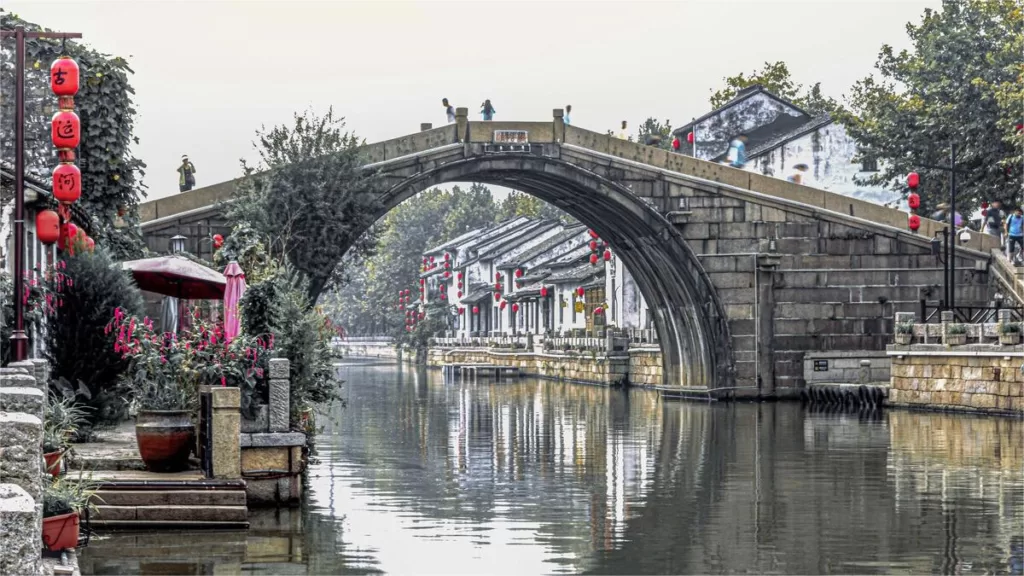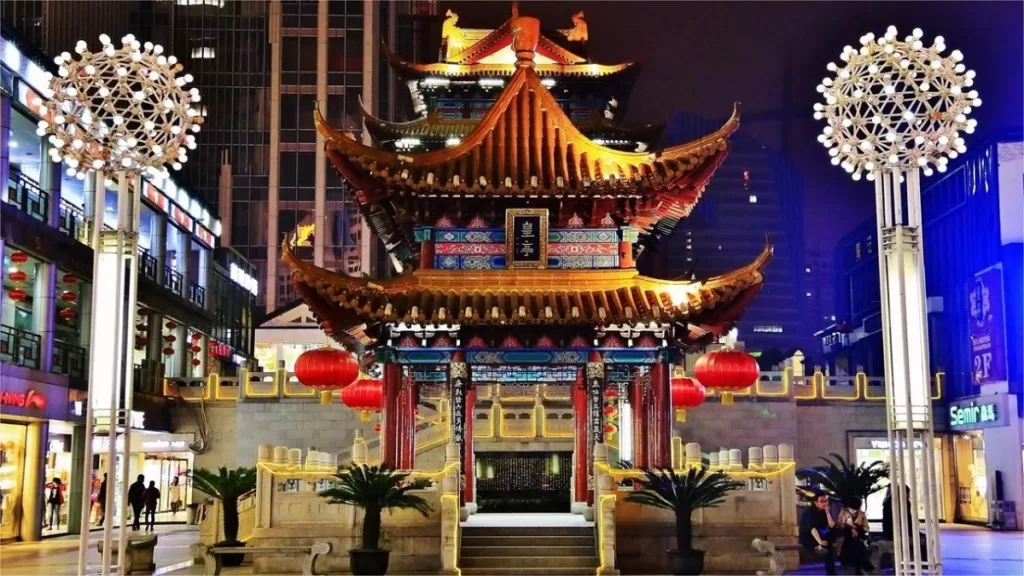Wuxi Museum – Ticket Price, Opening Hours, Transportation, and Highlights


Wuxi Museum (无锡博物馆), located in the heart of the vibrant city of Wuxi, China, is a comprehensive institution that seamlessly blends exhibition, scientific research, and artistic appreciation. Formed through the amalgamation of the former Wuxi Revolutionary Exhibition Hall, Wuxi City Museum, and Wuxi Science and Technology Museum, this cultural gem officially opened its doors to the public on October 1, 2008.
The museum boasts an impressive collection of nearly 40,000 cultural relics, including 1,487 rare and valuable items. Its primary focus lies in ancient calligraphy and paintings, various historical eras of Zisha pottery (purple clay), Huishan clay figurines, as well as Wuxi’s contemporary and modern revolutionary artifacts and national industrial and commercial cultural relics. Particularly renowned is its collection of calligraphy and paintings from the Ming and Qing dynasties, and it stands as one of the prominent institutions preserving lost and scattered treasures from the Qing Dynasty’s imperial palace.
The museum’s crown jewels include artifacts such as Wu Wang Liao’s sword, Ni Zan’s hand-painted “Taoist Hermit under Pine Tree,” Emperor Zhu Yuanzhang’s handwritten edict, and Yang Ningshi’s “Chives and Flowers” (Imperial Palace edition).
Table of Contents
- Basic Information
- Location and Transportation
- Highlights of Wuxi Museum
- Vlog about Wuxi Museum
- Useful Tips Summarized from Reviews
- Attractions near Wuxi Museum
Basic Information
| Website | http://www.wxmuseum.com/ |
| Estimated Length of Tour | 3 hours |
| Ticket Price | Free |
| Opening Hours | 9.00 – 17.00; Last admission: 16.00 Closed on Mondays |
| Telephone Number | 0086-0510-85727600 0086-0510-85727500 |
Location and Transportation
Wuxi Museum is centrally located at the heart of Taihu Square in Liangxi District, Wuxi, Jiangsu Province, China. Specifically, you can find it at 100 Zhongshu Road, right next to the Wuxi City Library. To get there, you can choose the following ways:
Bus: Take bus 67, get off at Wenbo Road Zhongshu Road Stop (文博路钟书路), and you will be standing right at the entrance of the museum.
Metro: The closest metro station to Wuxi Museum is Qingming Bridge (清名桥) on line 1. After getting out of the station from Exit 14, walk about 250 meters to the southwest to reach the museum.
Highlights of Wuxi Museum
Wuxi’s Urban History Exhibition

Wuxi’s history unfolds as an ever-evolving narrative, starting from the late Neolithic period, marked by remarkable discoveries at Liangzhu city and Shexiang city sites along the shores of Taihu Lake. These findings indicate that Wuxi has been an active participant in the progression of civilization. The presence of the Tai Bo brothers during the Zhou Dynasty, who established the foundation for social and economic development in Meili, introduced the influential Wu culture into the historical narrative. From the Qin and Han periods onwards, Wuxi experienced a tremendous transformation from simplicity to elegance, and from martial valor to cultural refinement, eventually becoming one of the most prosperous agricultural regions in China during the Tang and Song dynasties. Yet, the most remarkable chapter in Wuxi’s history remains the rise of commercial prosperity during the Ming and Qing dynasties and, more recently, the last century. Wuxi’s advantageous location, nestled along the river and connected to all directions, coupled with its pragmatic and innovative cultural DNA, combined with a relentless spirit of exploration and expansion, has positioned Wuxi as the birthplace of Chinese national industry and commerce.
Zisha Art Exhibition

Zisha pottery art is a craft that turns clay into gold. Legend has it that a monk once called out to sell the “rich and noble soil,” leading the locals to discover the unique qualities of Zisha clay. For centuries, they have used this clay to craft pottery. It was during the Ming Dynasty that they began consciously using Zisha clay with enhanced strength and reduced shrinkage rate, leading to the development of Ming Dynasty Zisha ware. This development saw advancements in raw materials, shapes, molding techniques, as well as practical and aesthetic elements. Concurrently, the evolution of Chinese tea culture led to the popularization of a new tea-drinking method, shifting from brewing tea to steeping it, which in turn led to the emergence and widespread popularity of Zisha teapots.
Yuan Dynasty Qian Yu Tomb Artifacts Exhibition

Qian Yu (1247-1320), also known as Kuanfu, was a prominent figure from Wuxi during the Yuan Dynasty. He was a descendant of Qian Liu, who served as a royal court official during the Five Dynasties and Ten Kingdoms period. In 1321, Qian Yu was laid to rest in a grand tomb filled with a treasure trove of 154 items, including gold, silver, jade, crystal, agate, amber, silk garments, lacquerware, paper currency, wood, and bronze mirrors. Among these, the gilded silver lotus-shaped cup stand stands out as a distinctive piece among Yuan Dynasty silverware.
Huishan Clay Figurines Exhibition

Huishan clay figurines, with a cultural tradition spanning centuries, reflect the unique local culture of Jiangnan. During their development, these figurines were influenced not only by various societal factors like politics, economics, and culture but also by the temples, gardens, shrines, neighborhoods, operas, carvings, temple fairs, incense fairs of Huishan, and the “rice market” on the two banks of the Beijing-Hangzhou Grand Canal that communicated with Huishan’s extensive culture. All of these elements have left an indelible mark on the artistic character of Huishan clay figurines.
Zhou Huaimin Art Gallery

Zhou Huaimin (1907-1996), also known as Zhou Ren, hailed from Qianqiao in Wuxi. He was a renowned contemporary Chinese painter, calligrapher, and art collector. His works have been presented as state gifts to foreign dignitaries. Zhou Huaimin lived modestly, accumulating a remarkable collection of ancient paintings and calligraphy through his discerning eye. In 1984, Zhou Huaimin generously donated his entire collection and a significant body of contemporary artworks to his hometown, creating an artistic treasure trove for the people of Wuxi.
Vlog about Wuxi Museum
Useful Tips Summarized from Reviews
Underground Floor Highlights: The underground first floor is a must-visit, featuring both temporary art exhibitions and a long-term exhibit inspired by the Louvre. Despite being replicas, the moment of entering the grand hall is described as stunning and impressive.
Nearby Dining Recommendations: Within a walking distance of 1 km or more, there’s Mao Hua Cuisine, recommended for its delicious offerings. Specifically highlighted are the fragrant Yulan cakes (玉兰饼) with a generous meat filling and the flavorful hot and sour soup (酸辣汤). Visitors are advised not to miss these culinary delights.
Wuxi Museum: If Yixing Museum is conveniently located along your route, it’s considered a worthwhile visit. However, if you’re making a special trip solely for the museum, some reviewers suggest that it may not be absolutely necessary.
Security Check and Bag Storage: Upon entering, there is a security check. Additionally, next to the service desk, there are complimentary bag storage lockers, adding to the convenience of the visit.
Attractions near Wuxi Museum

Nanchan Temple

Qingming Bridge Ancient Canal Scenic Area

Nanchang Street

Donglin Academy

Chongan Temple

Former Residence Of Xue Fucheng
Jiangsu Museums, Wuxi Attractions